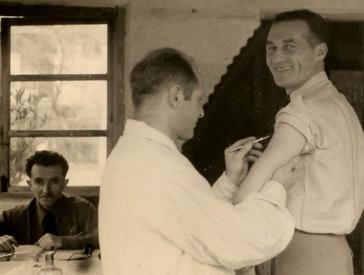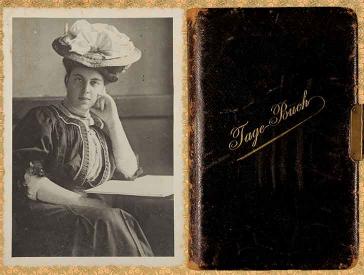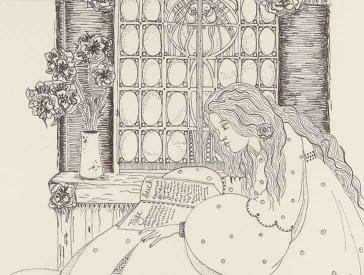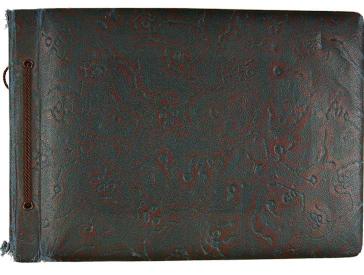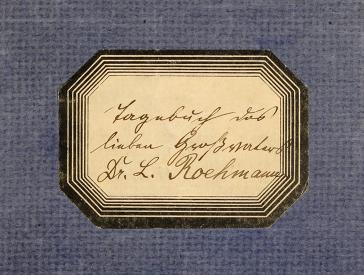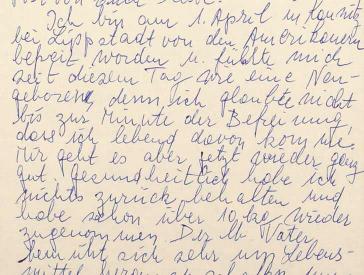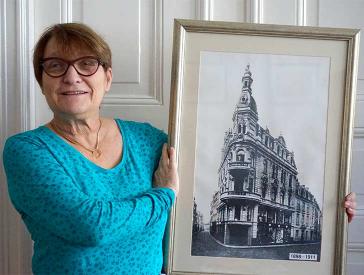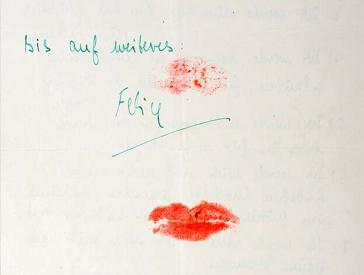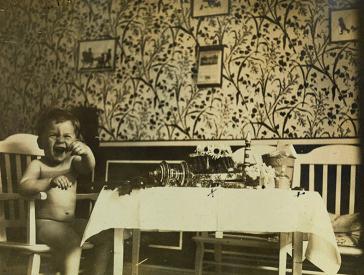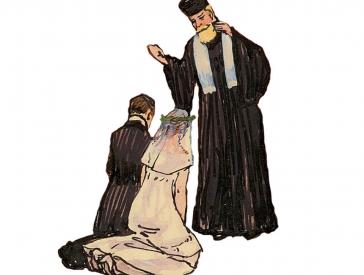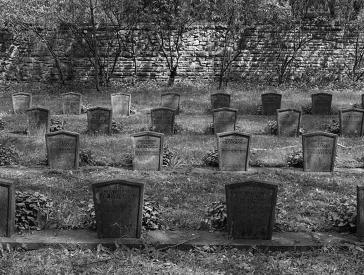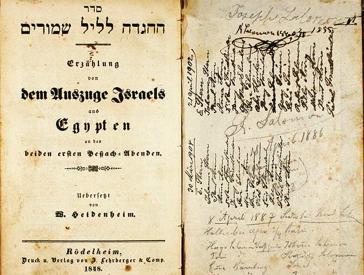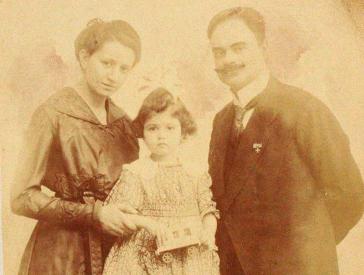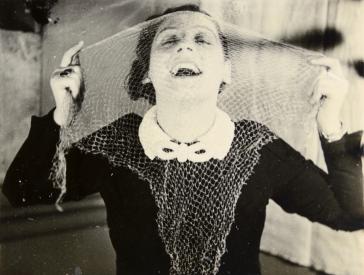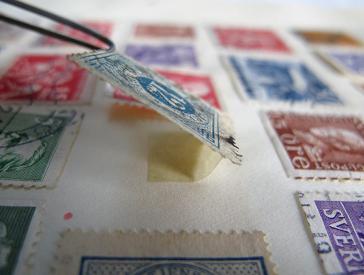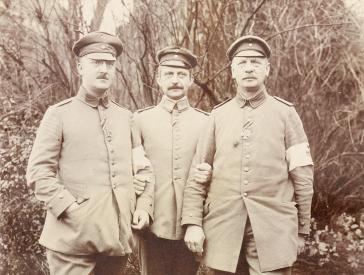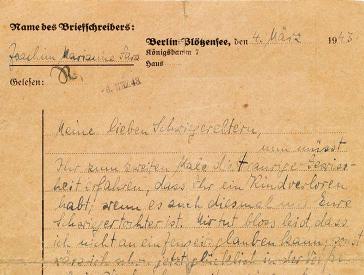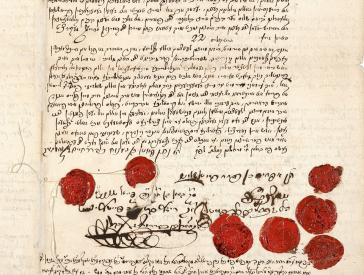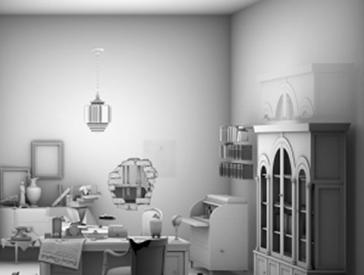
Die Welt im Kleinformat
Restaurierung und Verpackung eines Briefmarkenalbums
In diesem Jahr erhielt das Jüdische Museum Berlin eine Schenkung von Kurt Roberg (geb. 1924), die unter anderem ein Briefmarken-Album umfasst. Das Album gehört zu den wenigen Dingen, die Roberg im Mai 1941 bei seiner Flucht von Berlin über Lissabon nach New York begleiteten.
Da es jüdischen Emigrant*innen untersagt war, ihr eigenes Hab und Gut aus Deutschland auszuführen, wurde es für Roberg zu einem Symbol seines persönlichen Sieges gegen die nationalsozialistische Diktatur.
Das Album besteht aus einem einfachen Schnellhefter mit Einzelblättern, auf denen die Briefmarken mit kleinen Papierfälzen befestigt und mittels Registerblättern alphabetisch nach Ländern geordnet wurden.
Nachdem das Briefmarken-Album dem Jüdischen Museum Berlin übergeben und von der zuständigen Kuratorin inventarisiert wurde, bestand meine Aufgabe darin, zu prüfen, welche Maßnahmen für die langfristige Erhaltung des Albums notwendig sind. Um die Geschichte des Albums und damit den spezifischen Charakter des Objekts zu bewahren, entschied ich mich für eine zurückhaltende Restaurierung. Es sollte nur die vorhandene Substanz gesichert und keine umfangreichen Ergänzungen vorgenommen werden. Maßnahmen, die das Ziel haben das Objekt wieder „wie neu“ zu machen, schloss ich daher aus.
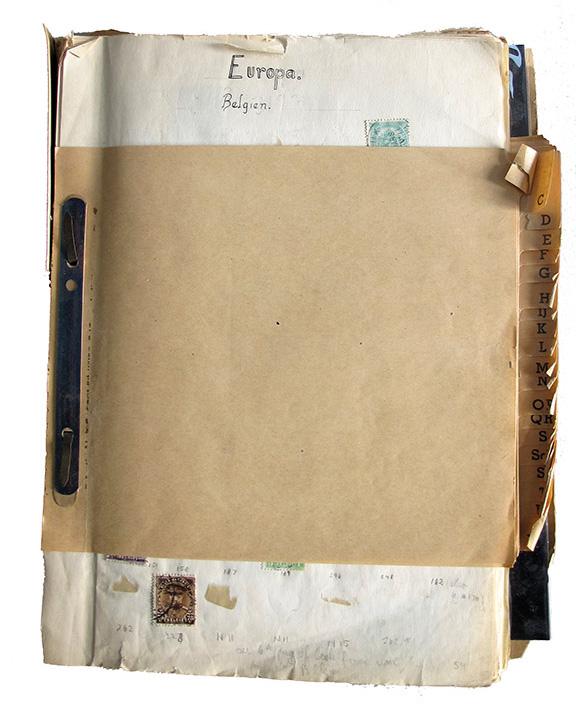 X
X
Das Briefmarkenalbum von Kurt Roberg vor der Restaurierung; Jüdisches Museum Berlin, Inv.-Nr. 2014/78/23, Schenkung von Kurt W. Roberg, Foto: Kirsten Meyer
Bei der Zustandsuntersuchung stellte sich heraus, dass neben den augenscheinlichen kleineren Rissen an einigen wenigen Blattkanten des Albums auch die Briefmarken selbst gesichert werden mussten. Die Klebkraft der Fälze hatte im Laufe der Jahre abgenommen und nun drohten die einzelnen Marken sich bei der Benutzung des Albums abzulösen und verloren zu gehen.
Daher wurde die Verklebung der einzelnen Fälze überprüft und ggf. wieder hergestellt. Gleichzeitig wurden die Risse mit dünnem Japanpapier geschlossen.
 X
X
Eine Briefmarke mit einem angelösten Falz; Jüdisches Museum Berlin, Schenkung von Kurt W. Roberg, Foto: Kirsten Meyer
Von dem Schnellhefter war nur noch der Rückseitenkarton erhalten geblieben, der diverse Schäden wie Knicke und Risse aufwies. Um die Objektgeschichte zu bewahren, entschieden wir uns auch hier für reine Sicherungsmaßnahmen.
Nachdem die Restaurierung beendet war, stellte sich die Frage, wie das Album zukünftig aufbewahrt werden soll, um Schäden bei der Lagerung und Benutzung vorzubeugen. Wir entschieden uns für eine maßgefertigte Verpackung aus alterungsbeständigen Wellkarton, die eigens angefertigt werden musste. In dieser Klappkassette kann das Album nun sicher transportiert werden und ist vor Staub, Licht und mechanischen Beschädigungen geschützt.
 X
X
Eine Briefmarke nach dem Wiederverkleben des Falzes; Jüdisches Museum Berlin, Schenkung von Kurt W. Roberg, Foto: Kirsten Meyer
Das Album selbst bekam eine zusätzliche Innenverpackung, die die herausragende Registerblätter und den besonders fragilen Karton des Schnellhefters ausreichend vor mechanischen Schäden bei Lagerung, Transport und Benutzung schützt. Diese Innenverpackung wurde so gestaltet, dass sie nicht fest mit dem Hefter verbunden ist und somit bei einer Ausstellung des Albums einfach entnommen werden kann.
Bis es soweit ist, lagert Kurt Robergs weitgereiste Briefmarkensammlung nun optimal verpackt im klimatisierten Archivdepot bei 18 Grad Celsius und 50 Prozent relativer Luftfeuchtigkeit.
Kirsten Meyer, Papierrestauratorin
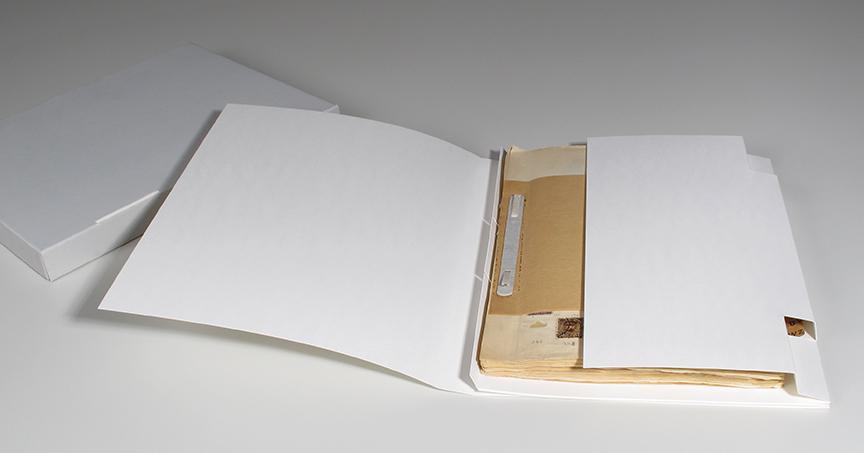 X
X
Das Briefmarkenalbum nach der Restaurierung in der Innenverpackung. Links die dazugehörige Klappkassette; Jüdisches Museum Berlin, Schenkung von Kurt W. Roberg, Foto: Kirsten Meyer
Zitierempfehlung:
Kirsten Meyer (2014), Die Welt im Kleinformat. Restaurierung und Verpackung eines Briefmarkenalbums.
URL: www.jmberlin.de/node/6769
Blick hinter die Kulissen: Anekdoten und spannende Funde bei der Arbeit mit unseren Sammlungen (22)






